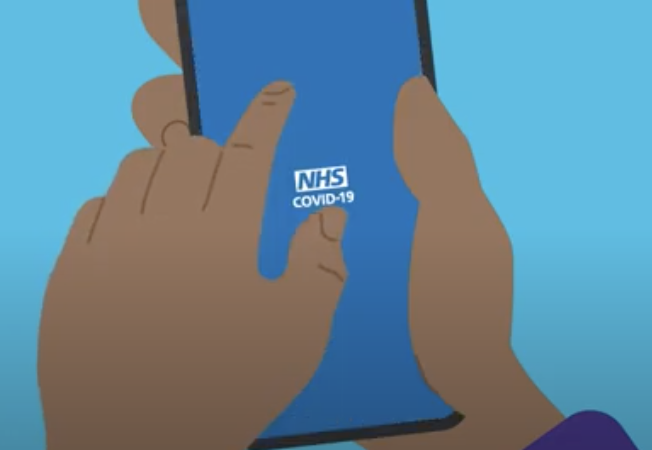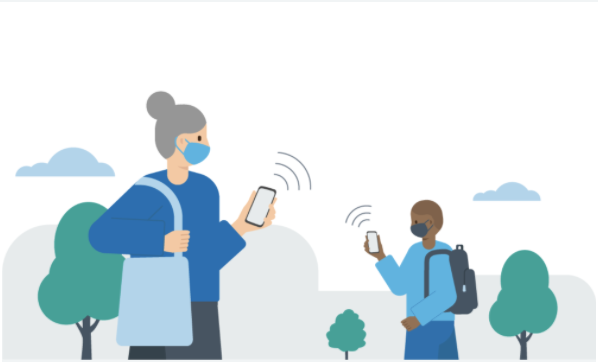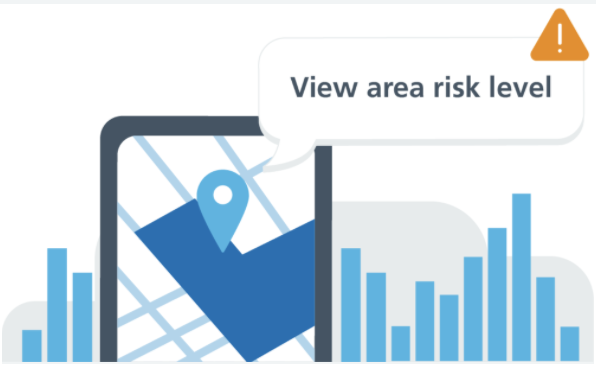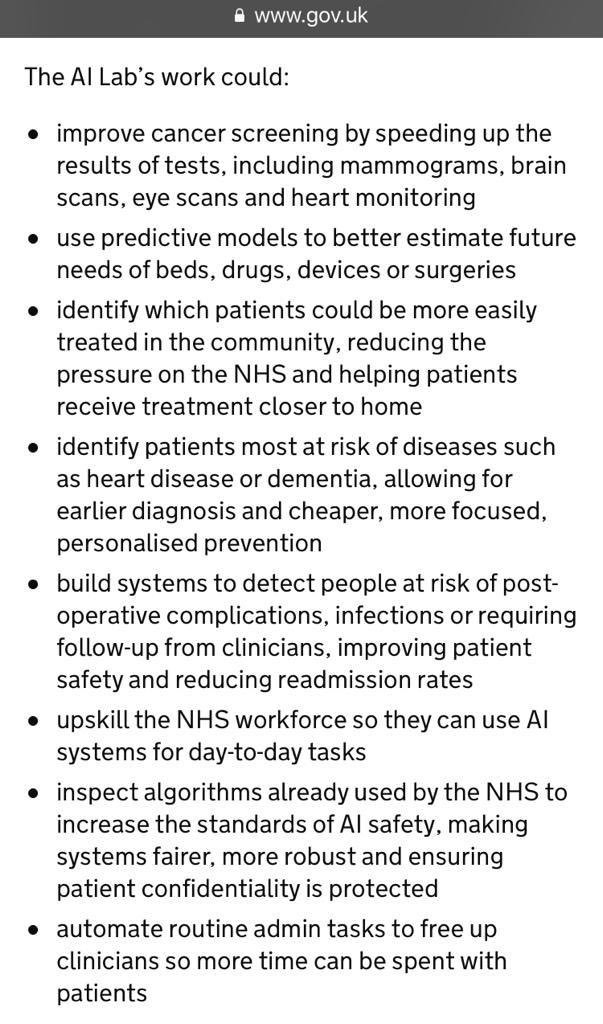And so I’m off to @w3c’s TPAC, when all the working groups get together to make some progress on their own features of the web and to learn from what everyone else is up to.
#tpac2018
On my mind:
1/7
#tpac2018
On my mind:
1/7
• Credibility and fake news: can we build something into the web platform to help search engines and social media sites work out what to prioritise?
2/7
2/7
• Verifiable claims and identity: does the web need some standardised way for you to prove that you are you, or that you have a degree from your university?
3/7
3/7
• Spatial data: what else must we agree to publish geospatial data on the web?
4/7
4/7
• Trust: the more we make the web simpler to use (obscuring URLs, for example), the less info our users have on whether to trust the site they’re on. How do we nail usability and adequately arm our users?
5/7
5/7
• Privacy: are we giving spec authors enough info to address this in new features?
6/7
6/7
Also, werewolf. We will absolutely be playing werewolf. (No better way to learn how to suss out people’s actual motivations... Sure, you say you’re a simple villager. But are you really? Isn’t that just what a werewolf would say?)
More to follow.
#tpac2018
7/7
More to follow.
#tpac2018
7/7
• • •
Missing some Tweet in this thread? You can try to
force a refresh








